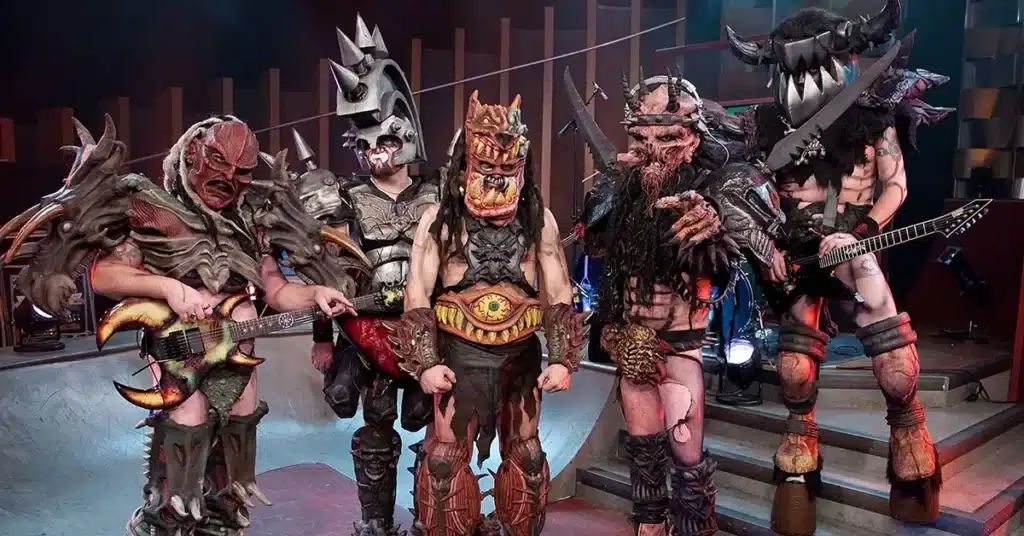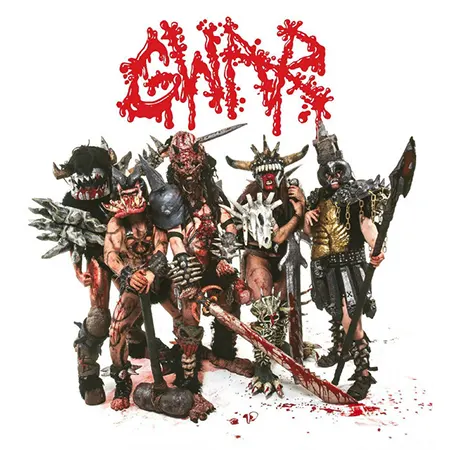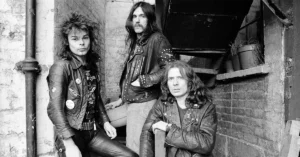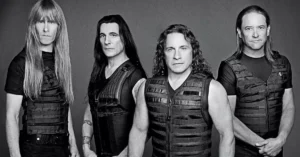GWAR: Blood, Satire, and Heavy Metal Theater
GWAR. Introduction: Metal’s Most Outlandish Spectacle
GWAR isn’t just a band—they are a theatrical onslaught, a satirical force of nature, and a multimedia sci-fi mythology wrapped in gallons of fake blood and hardcore riffs. Formed in Richmond, Virginia in 1984, GWAR emerged from a fusion of punk, metal, performance art, and comic book absurdity, eventually becoming one of the most outrageous and enduring live acts in heavy music history.
Clad in grotesque monster costumes, armed with foam weapons and mutant personas, GWAR’s music may fall under the umbrella of thrash metal and punk, but their true identity lies in the visual carnage and anarchic storytelling they bring to the stage.
GWAR. Origins: Art School Mutants
GWAR was born out of the Richmond art collective “Slave Pit Inc.”, a group of visual artists and musicians from Virginia Commonwealth University. Initially created as a joke band called Gwaaarrrgghhlllgh to open for punk acts, the project quickly took on a life of its own. The musicians developed backstories, handmade costumes, and a mock science-fiction mythology that became central to the project.
The band’s early members included:
- Dave Brockie (Oderus Urungus) – vocals
- Hunter Jackson (Techno Destructo) – costume design, concept
- Chuck Varga (Sexecutioner) – character design
- Mike Derks (BälSäc the Jaws o’ Death) – guitar
- Brad Roberts (Jizmak Da Gusha) – drums
Over the decades, GWAR’s lineup has rotated, but the group has always maintained its elaborate world-building and shock-driven performance ethos.
GWAR. The Mythology: Aliens, Blood, and Absurdity
GWAR’s elaborate backstory claims that the band are intergalactic warriors banished to Earth, corrupted by human vices, and forced to play rock music to survive. On stage, they battle villains, satirize world leaders, disembowel celebrities (fictionally), and douse audiences with colored fluids.
This mythology is an ever-evolving, chaotic saga of galactic dominance, sex, war, politics, and pop culture ridicule—equal parts Mad Max, Conan the Barbarian, and Saturday Night Live.
GWAR. Albums and Musical Evolution
While their costumes and stage antics often grab the headlines, GWAR’s music has evolved significantly across genres including thrash, punk, death metal, and even progressive rock. Their discography showcases a surprisingly diverse and tight sound, with biting political commentary and dark humor.
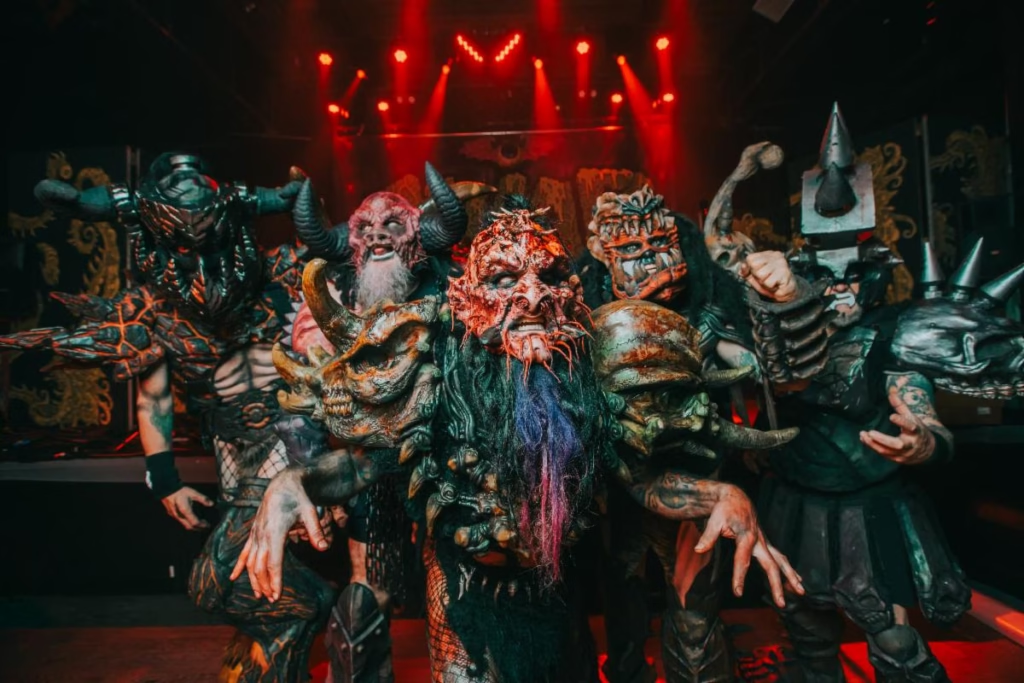
Notable albums include:
- Hell-O (1988) – The raw, punk-influenced debut
- Scumdogs of the Universe (1990) – Breakthrough album, fan favorite
- America Must Be Destroyed (1992) – Satirical take on censorship and politics
- This Toilet Earth (1994) – Features the MTV-banned single “Saddam a Go-Go”
- Violence Has Arrived (2001) – A return to heavier, more brutal metal roots
- Lust in Space (2009) – A concept album about leaving Earth
- The Blood of Gods (2017) – First album after Oderus Urungus’s death, featuring new frontman Blothar the Berserker
- The New Dark Ages (2022) – Continues the saga with progressive touches and commentary on modern chaos
GWAR. Tragedy and Transformation
In 2014, frontman Dave Brockie (Oderus Urungus) passed away from a heroin overdose. His death was a devastating loss—not just for the band, but for fans of theatrical rock and satire. Brockie had been the face and voice of GWAR for nearly 30 years.
Rather than end the band, the remaining members chose to carry on the mythology, creating a new character: Blothar the Berserker (portrayed by former bassist Michael Bishop, previously Beefcake the Mighty). This marked a new chapter, one that honored Brockie while allowing GWAR’s larger-than-life saga to continue.
Live Shows: Shock and Awe
GWAR’s live performances are the stuff of legend. Each concert is a blood-soaked spectacle, blending heavy music with theatrical carnage, foam monsters, elaborate props, and fake bodily fluids.
Audiences expect to be “sacrificed” on stage, see puppet versions of political figures beheaded, and leave soaked in fake blood, green slime, and other mystery liquids. These shows are equal parts concert, performance art, and satirical circus.
Their chaotic visuals aren’t random; they often make pointed statements about violence, war, religion, censorship, and media—all filtered through outrageous sci-fi humor.
Cultural Legacy
GWAR is more than a gimmick band. They’ve left a lasting imprint on metal, punk, horror, and comedy. They’ve appeared in TV shows (Beavis and Butt-Head, Viva La Bam), comic books, video games, and even a documentary (Let There Be GWAR).
They helped pioneer the idea that metal could be performance art, and that horror and satire could live alongside serious musicianship. Bands like Lordi, Ghost, and even Slipknot owe a debt to GWAR’s fearless aesthetic.
Final Thoughts: From Outer Space to Immortality
GWAR continues to be one of the most unique bands in heavy music, not just for their costumes and lore, but for their dedication to reinvention, satire, and turning every live show into a battleground of the absurd.
They are living proof that metal can be fun, intelligent, outrageous, and still offer serious commentary—all while spraying the front row with blood.

